Over the years, sports have evolved dramatically, thanks in large part to key rule changes that reshaped the way games are played and enjoyed. From boosting fairness and safety to enhancing the pace and excitement of competition, these updates have left a lasting impact on both athletes and fans. Some of these adjustments completely transformed how the sport is viewed, while others fine-tuned the strategies that teams use to win. In this article, we’ll explore the most game-changing rule changes that altered sports forever, highlighting their significance and long-term effects.
The Forward Pass in American Football (1906)
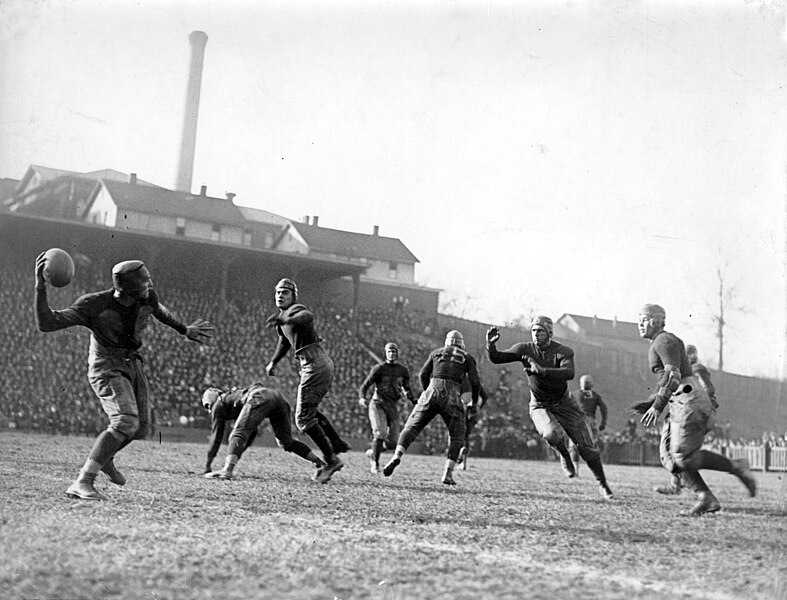
The introduction of the forward pass revolutionized American football by shifting the game’s focus from brute strength to strategic finesse. Prior to this rule, offenses relied heavily on running the ball, which often led to brutal, slow-paced games. This change opened up the field, increasing scoring opportunities and making the sport far more dynamic. As a result, fans began to see thrilling, long-yardage plays, and football became more entertaining to watch. The forward pass remains a cornerstone of the modern game, forever altering the landscape of the sport.
The Designated Hitter in Baseball (1973)

In 1973, Major League Baseball’s American League introduced the designated hitter (DH) rule, allowing teams to have a player hit in place of the pitcher. This change was aimed at boosting offensive production, as pitchers were traditionally poor hitters. The DH allowed for stronger batters to remain in the lineup, which led to more runs and excitement. Fans were treated to more action-packed games, and the debate over the DH has continued to shape the sport’s identity. Today, the DH remains a divisive but essential element in baseball.
The Shot Clock in Basketball (1954)
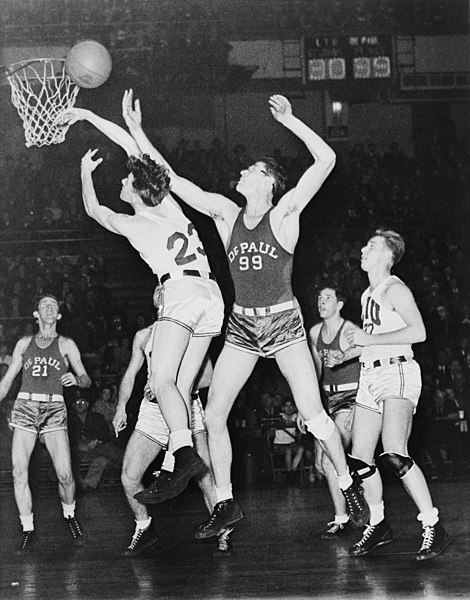
The implementation of the 24-second shot clock in the NBA was a pivotal moment in basketball history. Before its introduction, teams could hold the ball indefinitely, leading to low-scoring, slow games. The shot clock forced teams to take a shot within 24 seconds, speeding up the game and significantly increasing scoring. This change created a more exciting, fast-paced style of play that drew in new fans and transformed basketball into a high-octane sport. The shot clock is now a fundamental part of the game, driving its tempo and intensity.
The Offside Rule in Soccer (1925)
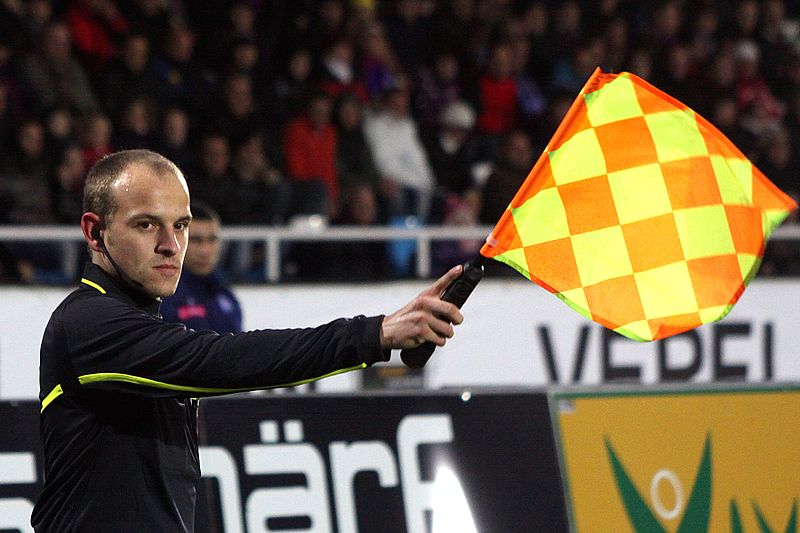
Soccer’s offside rule was amended in 1925 to make the game more attack-oriented and entertaining. Prior to this change, three defending players had to be between the ball and the goal for a player to be considered onside, making it difficult to score. The new rule reduced this number to two, allowing forwards more freedom to break away and create scoring opportunities. This simple adjustment opened up the game and encouraged more aggressive tactics. As a result, soccer became faster-paced and more thrilling for fans worldwide.
Three-Point Line in Basketball (1979)

The NBA’s introduction of the three-point line in 1979 changed the way basketball was played by adding an additional scoring option. Teams now had a reason to develop long-range shooters, transforming the strategies coaches employed. This shift led to the development of specialized players who excelled in perimeter shooting, changing the geometry of the court. Over time, the three-pointer became a major factor in games, with some teams basing their entire offense around it. Its influence on modern basketball cannot be overstated.
Sudden Death Overtime in Football (1940)

The adoption of sudden death overtime in football, where the first team to score wins, brought a sense of urgency and drama to games that ended in a tie during regulation. This rule meant that teams had to quickly shift from a methodical approach to a high-stakes, all-or-nothing mentality. It led to some of the most exciting and iconic moments in football history. Fans and players alike embraced the thrill of knowing that one play could decide the outcome. Though the rule has evolved, the spirit of sudden death remains a thrilling aspect of football.
Tiebreakers in Tennis (1970)

Before the introduction of the tiebreaker, tennis sets could last indefinitely, often leading to marathon matches. The tiebreaker was designed to resolve tied sets by giving each player a fair chance to win within a limited number of points. This change not only shortened match times but also added an extra layer of tension and excitement. The tiebreaker ensured that matches remained unpredictable, making it a favorite among both players and fans. It’s now a defining feature of modern tennis, especially in high-stakes tournaments.
Video Replay Review in Various Sports (2000s)

The introduction of video replay reviews has drastically improved the accuracy of officiating across various sports. By allowing referees to review contentious decisions with the aid of video technology, many incorrect calls can now be overturned. This has helped maintain the integrity of games, as pivotal moments can no longer be dictated by human error alone. Though it slowed the pace of games at times, the benefits far outweigh the drawbacks. Fans and athletes alike have come to accept and appreciate this technology as a vital part of modern sports.
The Two-Point Conversion in Football (1994)
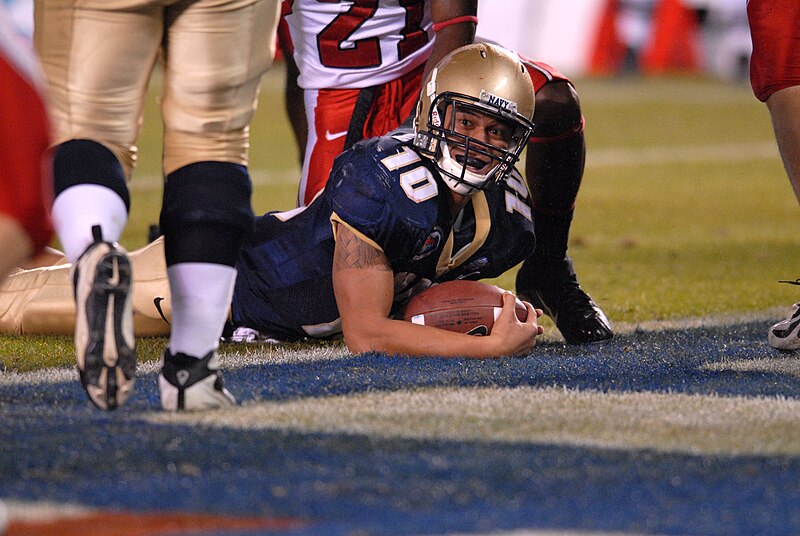
The NFL’s introduction of the two-point conversion rule allowed teams to attempt an additional two points after a touchdown by running or passing the ball into the end zone. This rule change added an exciting new strategic element to football, giving coaches more options and fans more suspenseful moments. Teams that were behind could now attempt riskier plays to close the gap, while leading teams faced new defensive challenges. Over the years, the two-point conversion has become a critical part of many dramatic comebacks. It adds unpredictability, making games even more thrilling.
The Infield Fly Rule in Baseball (1895)

The infield fly rule was introduced to prevent infielders from intentionally dropping pop-ups to create easy double or triple plays. This rule change helped maintain fairness and sportsmanship by protecting the integrity of the game. It ensured that baserunners had a fair chance to advance without falling victim to deceitful tactics. By simplifying what could otherwise become a chaotic situation, the infield fly rule preserved the balance between offense and defense. Although rarely invoked, this rule remains crucial in maintaining the spirit of the sport.
The No-Checking Rule in Women’s Ice Hockey (1990s)

The introduction of the no-checking rule in women’s ice hockey was a significant shift in the sport’s approach to safety and gameplay. It reduced the physicality of the game, emphasizing skill, speed, and strategy instead of body contact. This rule made the game more accessible to a broader audience, encouraging more women to participate in the sport. While some argue it removes an essential aspect of hockey, the no-checking rule has undoubtedly helped the game grow. It has fostered a different style of play that highlights finesse and agility.
Free Substitutions in Soccer (1958)

Before 1958, soccer teams couldn’t make any substitutions, even if a player was injured, which often left teams at a significant disadvantage. The introduction of free substitutions revolutionized the game by allowing teams to replace injured or fatigued players, improving both strategy and player welfare. This rule added a tactical layer to the game, as managers could now adjust their lineups based on the flow of the match. Over time, the number of allowed substitutions has increased, further enhancing the game’s dynamic nature. Today, substitutions are a key component of soccer strategy.
The Salary Cap in Professional Sports (1980s)

Salary caps were introduced to ensure a more level playing field in professional sports by limiting the amount teams could spend on player salaries. This rule change was crucial in maintaining competitive balance, preventing wealthy teams from monopolizing top talent. It forced teams to be more strategic in their roster construction and spending. Fans benefited from this rule, as it created more parity within leagues, leading to unpredictable outcomes and more exciting seasons. Salary caps continue to shape the financial landscape of professional sports today.
Introduction of the Super Over in Cricket (2008)
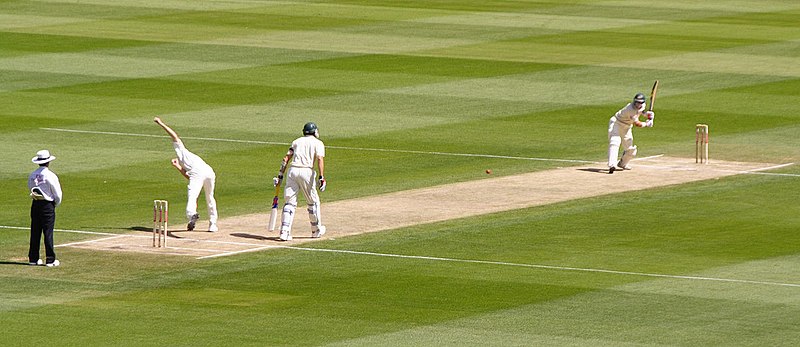
The Super Over was introduced in limited-overs cricket to resolve matches that ended in a tie. This rule provided a thrilling conclusion to games by allowing each team an additional over to score as many runs as possible. Fans were immediately drawn to the high-stakes, fast-paced drama of the Super Over, which often led to nail-biting finishes. The introduction of this rule also added a new strategic layer to the game, with captains having to carefully select the right bowlers and batsmen. The Super Over has become a defining moment in some of cricket’s most memorable matches.
Goal Line Technology in Soccer (2012)

Goal line technology was introduced in soccer to eliminate human error in determining whether a ball crossed the goal line. This rule ensured that controversial goals could be correctly judged, providing more fairness to teams and reducing referee mistakes. Its introduction has been widely accepted and has prevented numerous disputes in crucial matches. By using high-tech sensors and cameras, this technology offers immediate and accurate results. Today, goal line technology is a trusted aspect of the sport, ensuring that goals are decided by fact, not opinion.
This article originally appeared on Rarest.org.
More From Rarest.Org
New Zealand’s South Island is renowned for its breathtaking landscapes and popular tourist spots, but hidden within its vast wilderness are destinations that remain largely undiscovered. These off-the-beaten-path locations offer a more tranquil and authentic experience, away from the usual crowds. Read more.
Rugged mountain landscapes are home to some of the most awe-inspiring and powerful birds of prey on the planet. These majestic raptors have evolved to thrive in harsh, high-altitude environments, where their strength, agility, and keen hunting skills are put to the test. Read more.
Eastern Europe is a region rich in history, culture, and natural beauty, yet many of its most captivating destinations remain under the radar for travelers. While cities like Prague and Budapest often steal the spotlight, there are countless lesser-known gems waiting to be discovered. Read more.



